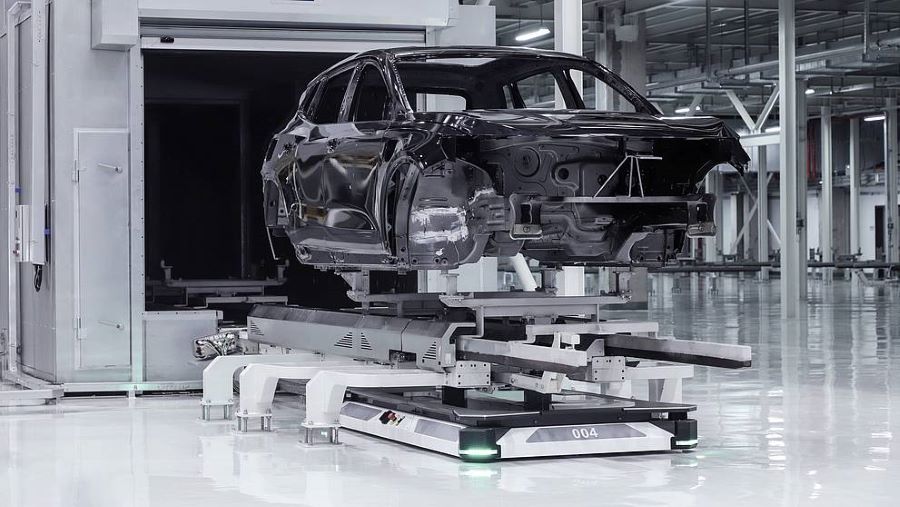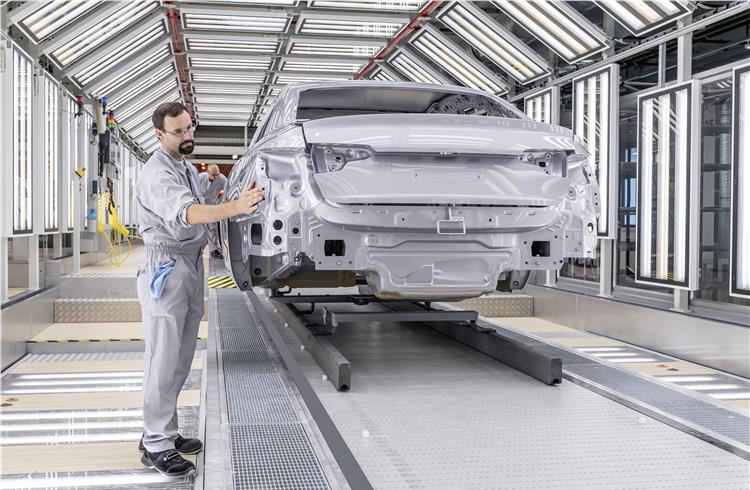Understanding the importance of car paint drying time is crucial for every car owner. If you’ve recently had your car painted, you might be wondering ‘how long should car paint dry before driving’? This question is not only pertinent but also impacts the longevity and quality of your vehicle’s paint job. Properly cured paint ensures a flawless finish and long-lasting protection against the elements.
Whether you are a professional in the automotive industry or a car enthusiast, knowing when it’s safe to hit the road after a new paint job can save you time, money, and frustration. This comprehensive guide will explore the factors that influence car paint drying time and provide insights to help you make informed decisions.

Why is Car Paint Drying Time Important?
Drying time for car paint is more than just a waiting period. It’s a crucial phase that affects the durability and appearance of the paint. Driving too soon after painting can ruin the paint job, leading to costly repairs and rework.
Types of Car Paint
Water-Based Paints
Water-based paints are known for their eco-friendliness and reduced VOC emissions. They dry relatively quickly but require specific conditions for optimal curing.
Solvent-Based Paints
Solvent-based paints are durable and provide a high-gloss finish. However, they take longer to dry and necessitate proper ventilation during the drying process.
Factors Affecting Car Paint Drying Time
Temperature and Humidity
Ambient conditions play a significant role in drying time. High temperatures and low humidity expedite drying, while low temperatures and high humidity extend the process.
Application Thickness
A thicker application of paint will naturally take longer to dry compared to a thin coat. Multiple layers also require additional drying time.
Type of Primer Used
The primer acts as the base for the paint. Different primers have varying drying times, impacting the overall drying period of the paint.
Recommended Drying Times for Different Paints
Water-Based Paints
Typically, water-based paints need at least 24-48 hours to dry to the touch. However, they might require up to 7 days for complete curing before driving.
Solvent-Based Paints
Solvent-based paints usually take 48-72 hours for initial drying. Full curing might take between 14 to 30 days before the vehicle is road-ready.
Drying vs. Curing
It’s essential to understand the difference between drying and curing. Drying occurs when the solvents evaporate, leaving the paint hard to the touch. Curing involves a chemical reaction that strengthens the paint, making it ready for external conditions.
Signs Your Car Paint is Ready
No Tackiness
If the paint is no longer sticky or tacky to the touch, it’s a good indicator that it’s dry.
Uniform Gloss
Dry paint has a consistent, glossy appearance without any dull spots or blotches.
No Odor
A lack of strong chemical odor is a sign that the paint solvents have fully evaporated, and the paint is dry.
Tips to Speed Up Paint Drying Time
Use of Heat Lamps
Heat lamps can accelerate the drying process by providing consistent warmth without the risk of overheating the paint.
Proper Ventilation
Ensuring proper airflow can help solvents evaporate quickly, aiding faster drying.
Dehumidifiers
Using dehumidifiers in humid conditions can maintain optimal humidity levels for quicker drying.
Common Mistakes to Avoid
Driving Too Soon
Impatience can lead to premature paint damage. Always adhere to the recommended drying times.
Ignoring Ambient Conditions
Not considering temperature and humidity can result in improper drying and compromised paint quality.
Long-Term Care for Fresh Paint
Avoiding Car Washes
Steer clear of car washes for at least the first month after painting to prevent damage.
Regular Maintenance
Proper waxing and regular maintenance can preserve the integrity and appearance of the paint.
Conclusion
Knowing how long should car paint dry before driving is essential for anyone seeking a lasting and professional-looking paint job. By understanding the factors that influence drying time and following best practices, you can ensure that your car’s paint remains pristine and durable for years to come. Proper paint care and patience can make a tremendous difference in the longevity and aesthetics of your vehicle.

FAQs
1. Can I drive my car immediately after painting?
It is not recommended. Allow sufficient drying and curing time to avoid damage.
2. How can I tell if my car paint is dry?
Check for tackiness, uniform gloss, and the absence of chemical odor as indicators.
3. What happens if I drive my car too soon after painting?
Driving too soon can cause paint smudging, bubbling, or peeling, leading to costly repairs.